So you love sewing but not so much the pattern tracing work? This sewing tip is for you: 6 easy and fast solutions to get the (right size!) pattern from the template. My favorite and 5 more readers' favorite ways for how to trace a sewing pattern from a paper template. Each only takes a minute!
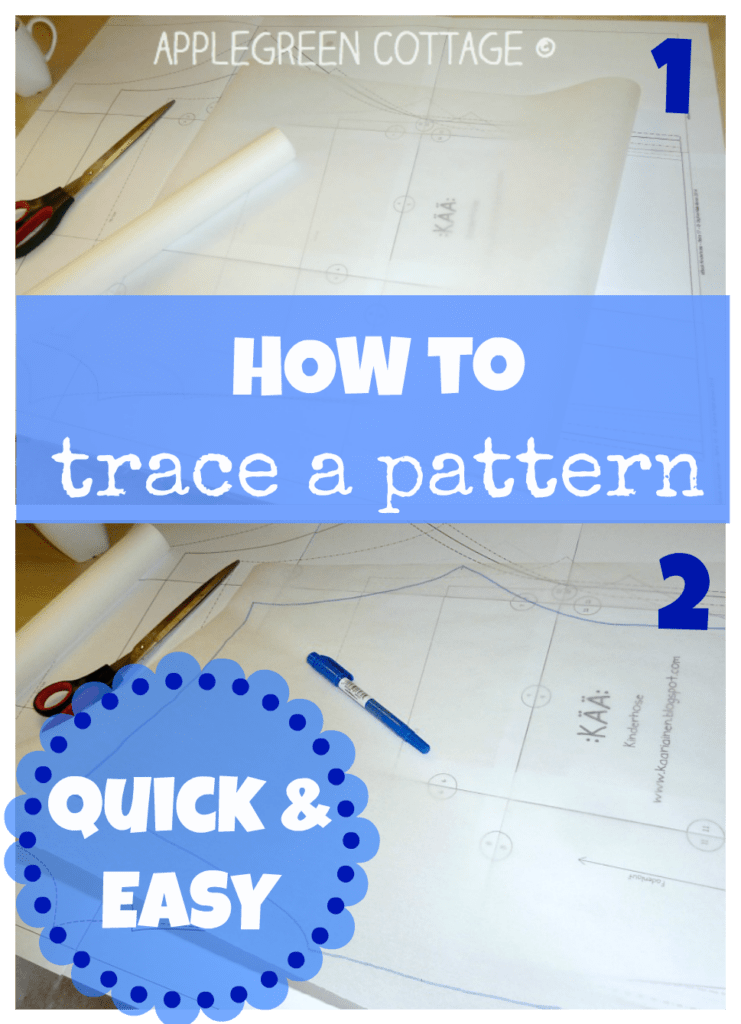
Also, make sure to check out these smart and useful sewing related tips:
- how to add fusible interfacing
- my best bag sewing tips
- how to start hand-sewing
- 10+ clever sewing hacks you need to know!
- How To Pin Pattern On Fabric
How To trace a sewing Pattern
So you like sewing, just like me. And use the multi-sized patterns, just like me. You know, the ones sold in sewing magazines like Burda, Simplicity, or internet pattern stores that sell paper patterns. And you want to jump straight to sewing, immediately, just like me? I know, I know, the prep work before the actual sewing is a bummer, especially tracing the pattern. It takes forever, right?
Whenever I wanted to sew something bigger than a hat or a ball, there's that additional cumbersome work that needs to be done BEFORE any cutting and actual sewing can happen: tracing the large pattern from the template onto the fabric. Oh, I hated that! I wanted to sew, not to trace and draw...
But then, I found out about this easy and super fast solution to get the (right size!) pattern from the template. Wanna see what it is? (Update: and I added tons of alternatives!)
What I Use To Trace A Pattern
Simple.
Baking parchment paper. It is semi-transparent, and that is what makes it easy to use. Super easy.
You'll need:
- your multi-sized pattern
- a piece of baking parchment paper (update: see alternatives below!)
- a permanent marker
Also, a printed pattern. If you've never printed a pdf pattern, here's how to print and assemble a pdf pattern. Useful!
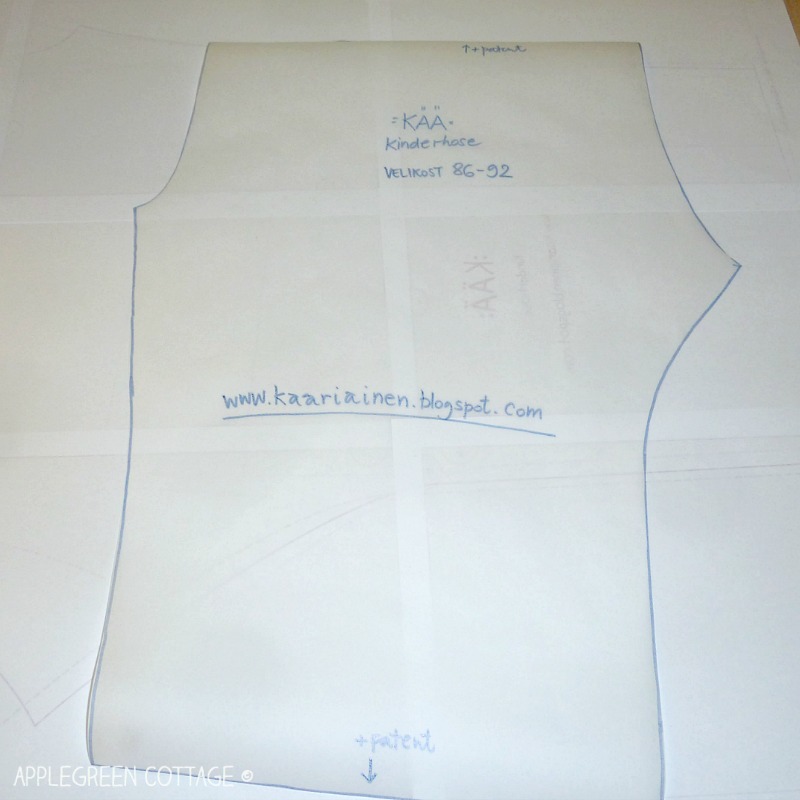
HOW-TO trace a Pattern:
- Simply place the pattern on a flat surface
- cover the entire area you want to trace with a piece of baking paper
- trace the (right size!) line of the original pattern.
- Cut it out and - voilà!
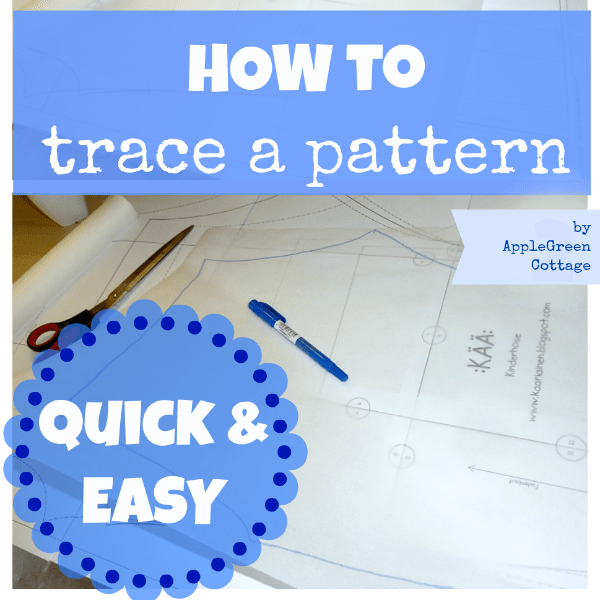
Judging from the readers' response, this is one of your favorite solutions for pattern tracing! Some of you have come up with even more ideas and I find them super useful, so I'm adding them here:
5 More SMART Ways To Trace A Sewing Pattern
In addition to my favorite way to trace a large sewing pattern, I'm adding 5 more solutions - all smart and easy to implement.
More materials to use for tracing sewing patterns:
- medical exam table paper which is available in rolls. It is basically light-weight tissue paper available in Amazon.com. (Iris, thank you!)
- freezer paper - you can cut your pattern piece then fuze it to the material with a HOT, dry iron, then cut the fabric and peel off the paper. It can be used multiple times.
- you can trace your patterns on to lightweight sew-in interfacing in the size you want. This sticks to most fabrics eliminating the need for pins! (thank you, Paula and Phyllis!)
- you can use Swedish Tissue (from Amazon online) to trace patterns; it's sturdy enough to sew and use as a muslin on which you can make fitting changes. Then take it apart and you have a custom fit pattern in just 1 step.
- Bosal Create-A-Pattern - it can be pinned on the body and have a better drape.
Was this article helpful? What else would you need? Let me know, I love helping out!
Also, feel free to save this pattern tracing tip to Pinterest, it will save you time on your next sewing project:
WANT MORE FREE TUTORIALS AND PATTERNS?
Get email updates and never miss out on new patterns, printables, and tutorials:

Or …check out the Mia Clutch pattern in our shop. One of my quickest and easiest pouch patterns, and it has a nice little folding hack you'll love!
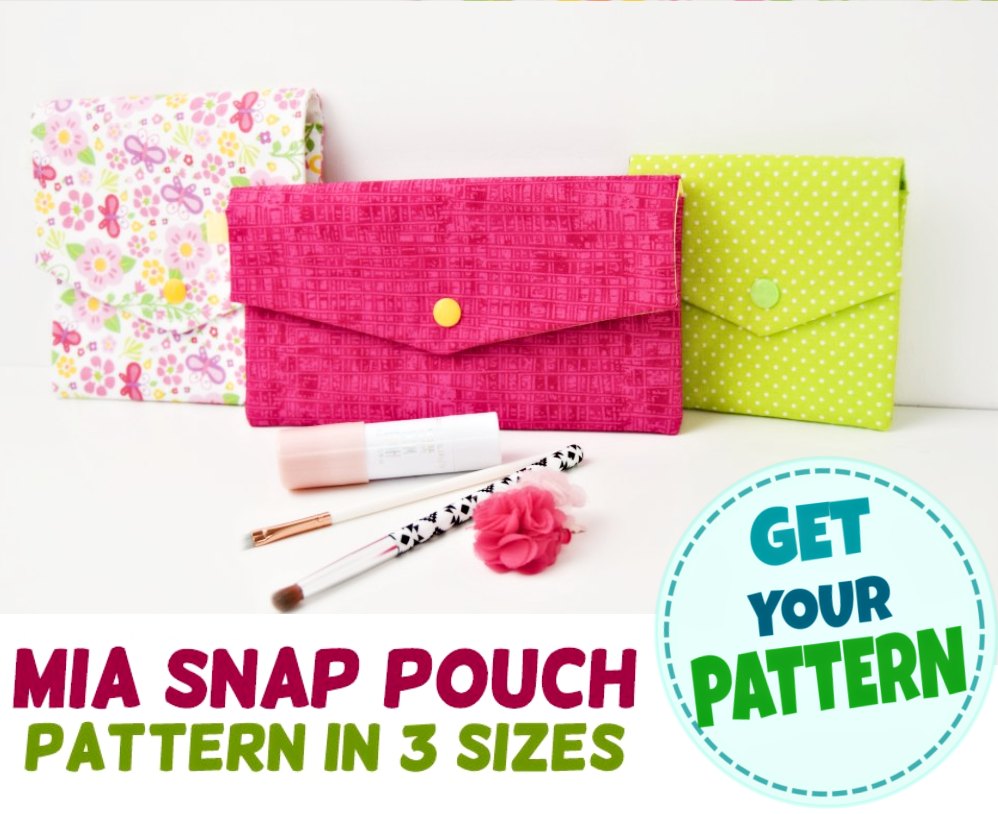
Beginner-friendly, no zippers at all.

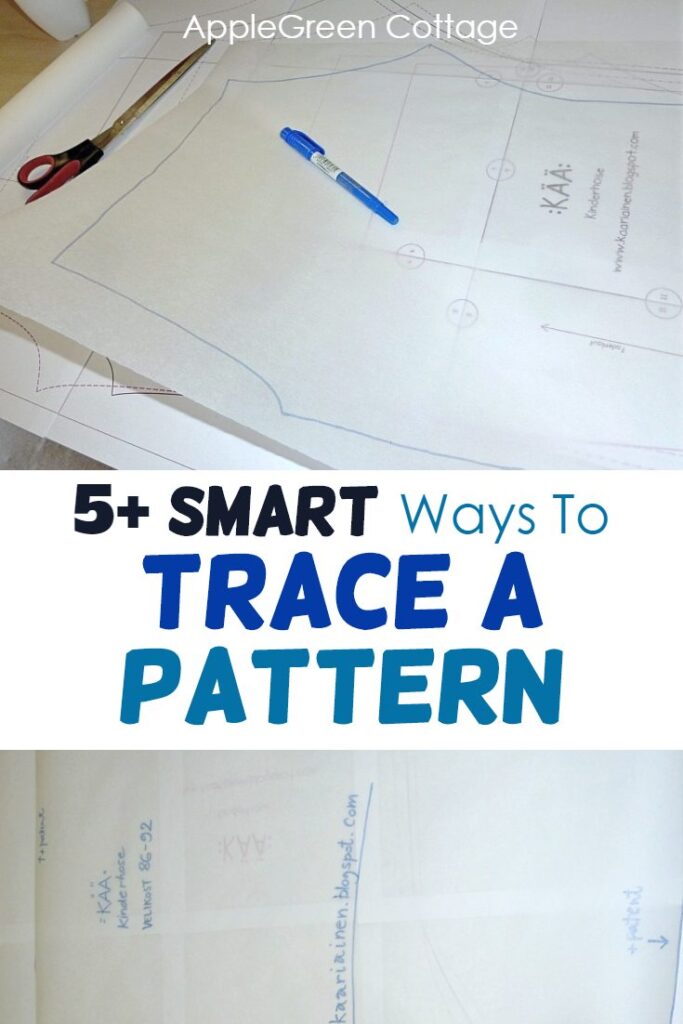
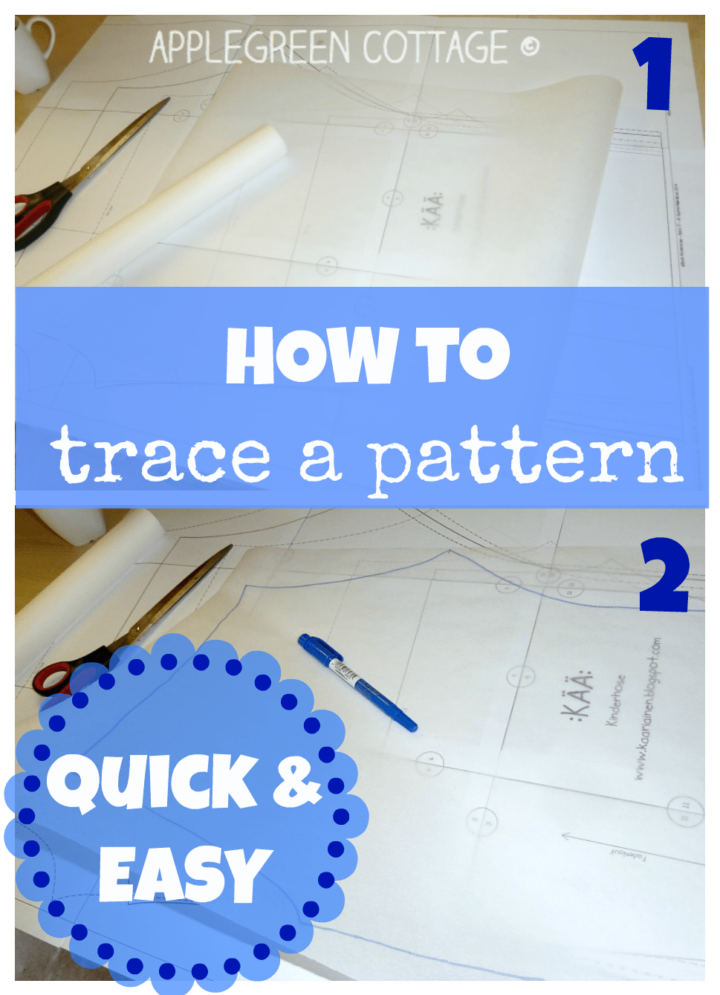
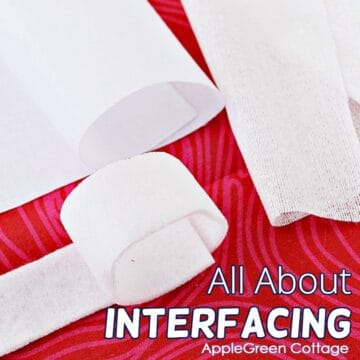

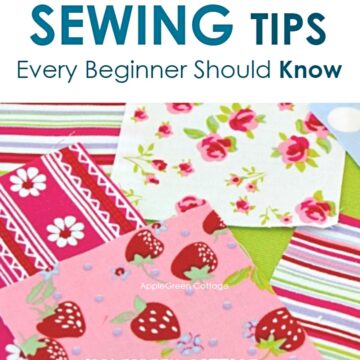
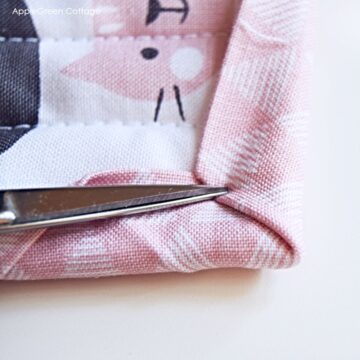
Rosemary
In the days of aisle runners at weddings, I used to ask for the runner that was made of a pellon-like fabric. It was great for tracing patterns, and it saved just throwing it away. It lasts for a long time.
Sharon
Thank you for all these wonderful tips for tracing patterns. I also do garment sewing, using Judy Kessinger's Fit Nice patterns--only 2 patterns[top & bottom] with many variations. She sells Pattern Ease--it's easy to see thru and sturdy enough to stitch together for fitting.
Jackie
I use a sliding glass door as my light box. I carefully tape the pattern to the door (in the waste area of the pattern tissue). Then I tape my tracing paper over it. It can be a bit of a challenge getting the pattern back off of the glass, but with a little care it will come off ready to be traced again. (I turn the fastening tape back on itself and then have an easy to use place for future taping.)
Iris
I use medical exam table paper which is available in rolls. It is basically light-weight tissue paper available in Amazon.com.
Karen
I use parchment paper -- I buy it in the giant economy size boxes! It rolls up nicely for storing. I don't like doing the tracing but it is necessary. My brother-in-law made me a light box that is 2 X 3 ft. in size. I use this so I can easily see the lines on the pattern paper, it makes it much easier to trace.
Damjana at AppleGreen Cottage
Karen,
that's great! And the light box is an amazing idea.
Anonymous
I use Swedish Tissue (from Amazon online) to trace patterns; it's sturdy enough to sew and use as a muslin on which I can make fitting changes. Then take it apart and I have a custom fit pattern in just 1 step.
Paula Woolston
I trace my patterns on to light weight sew in interfacing in the size I want. This sticks to most fabrics eliminating the need for pins!
Damjana at AppleGreen Cottage
Thanks, Paula, for this clever idea! Love it!
Phyllis610
I iron a pattern onto lightweight fusible interfacing if I know I will be using it over and over. I roughly cut the pieces apart, place them onto the interfacing (buy the cheapest fusible or use a coupon) and iron them. I then cut around them all on the lines with paper scissors not my fabric scissors. Also, when I have a 50% off coupon, I will use it on a whole bolt of fabric when the coupon says 1 CUT OF FABRIC. The counter clerk has to measure it all out, then put it back on the bolt. But it is considered 1 cut.
Anonymous
I prefer Swedish Tracing Paper or Bosal Create-A-Pattern. They can be pinned on the body and have a better drape.
Damjana at AppleGreen Cottage
Thank you for the idea!
Have a great day, Damjana
Little Shop On the Tundra
I use freezer paper. You cut your pattern piece then fuze it to the material with a HOT, dry iron. Cut the fabric and peel off the paper. It can be used multiple times. I have one piece that I've used well over 30 times. 🙂
Anonymous
I use freezer paper for cutting out very slippery fabrics. I use only a light touch of the iron.
Unknown
That is a brilliant idea! I sew pyjamas for my grandchildren and great nephews, I will be using this one for sure! Thank you for sharing.
Laura Lane
I'd not thought of parchment paper. That should be sturdy, too. Thanks for the idea.